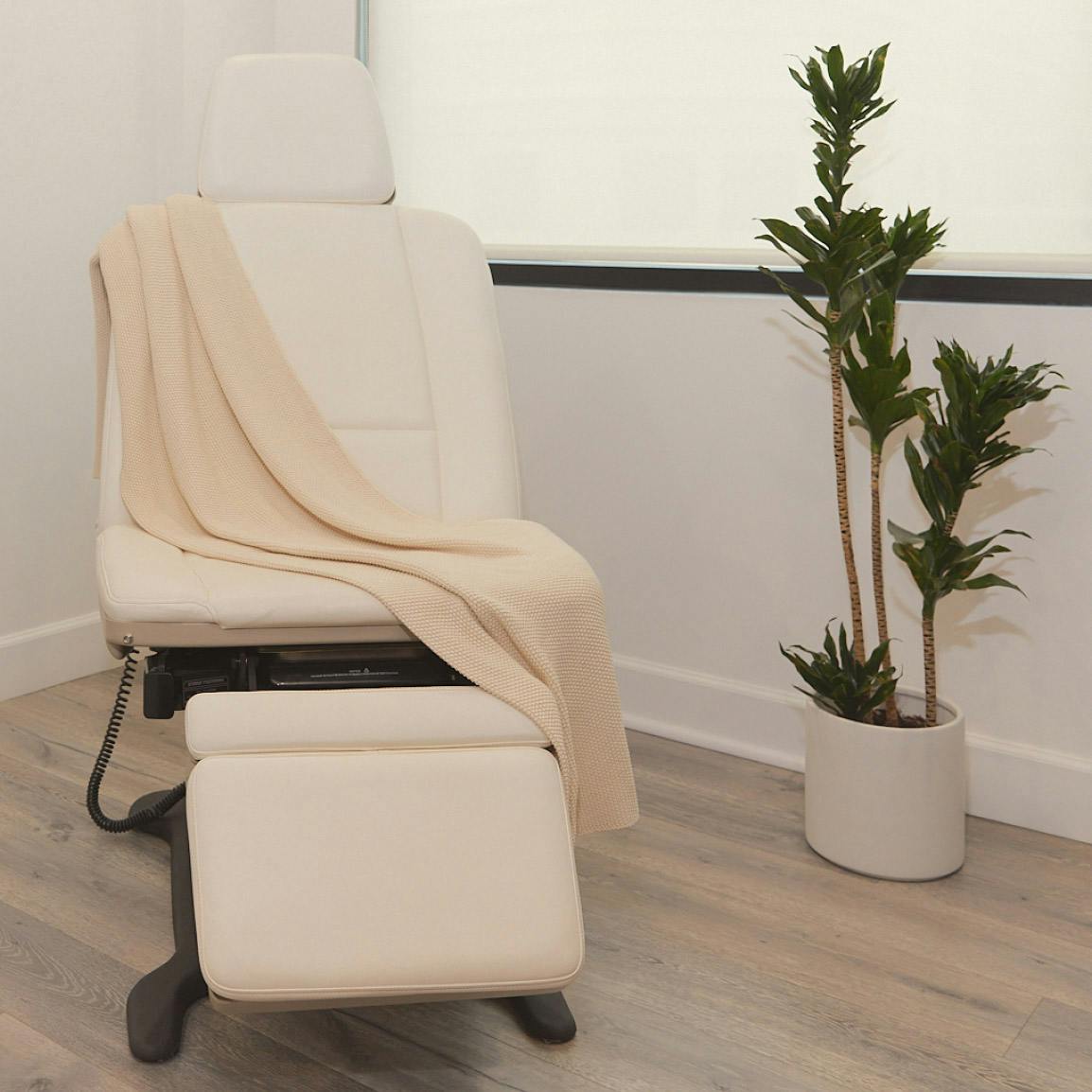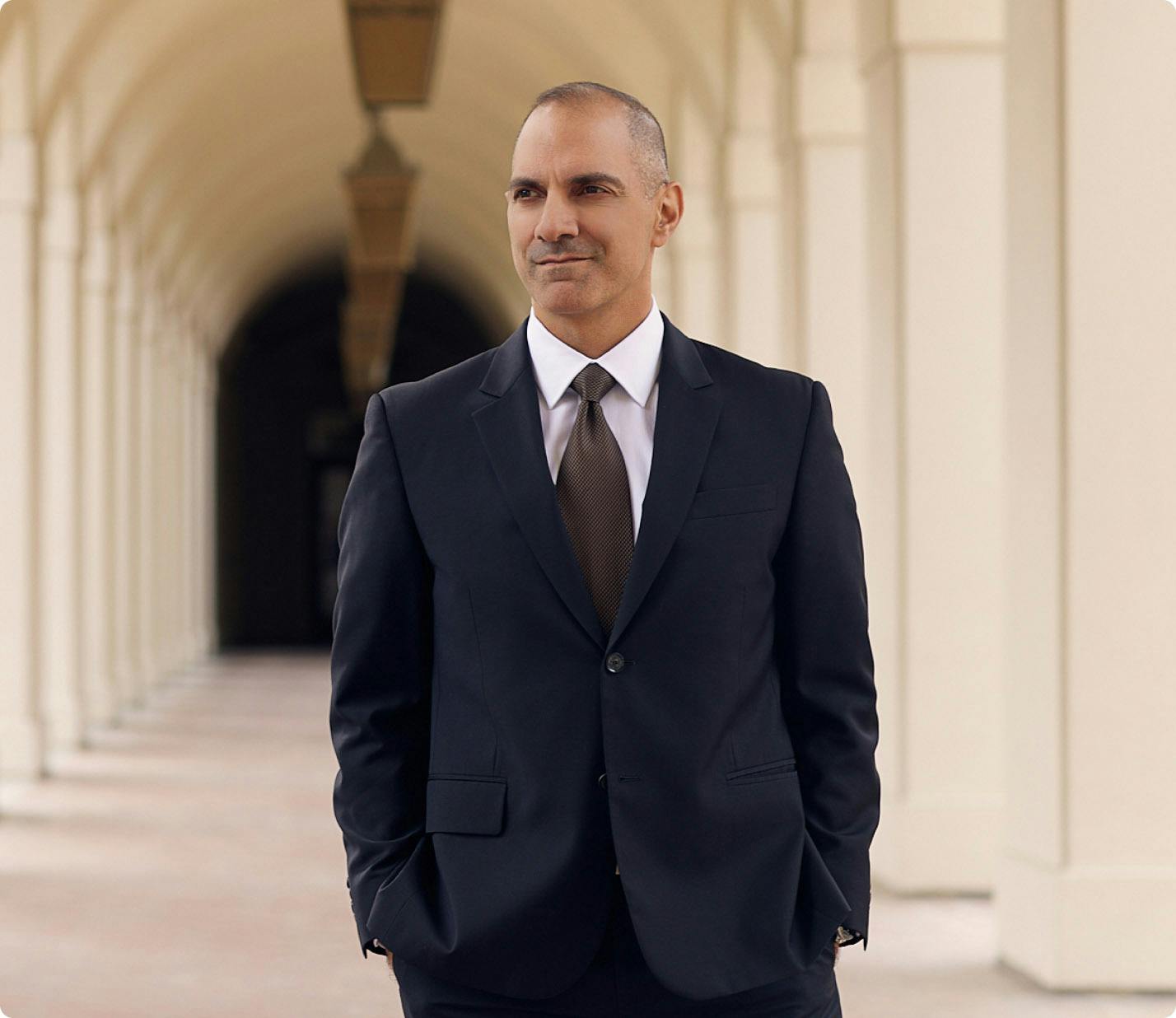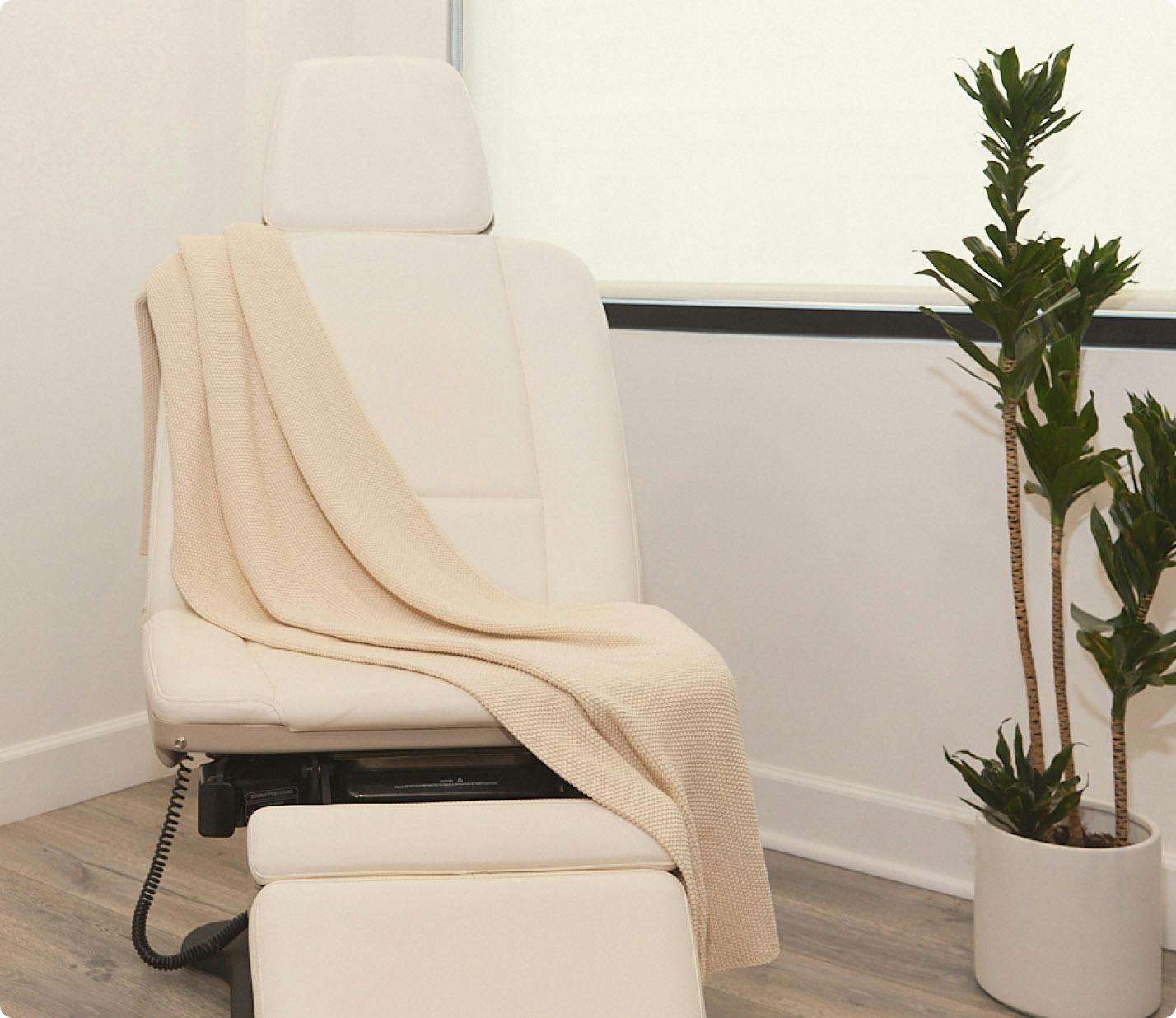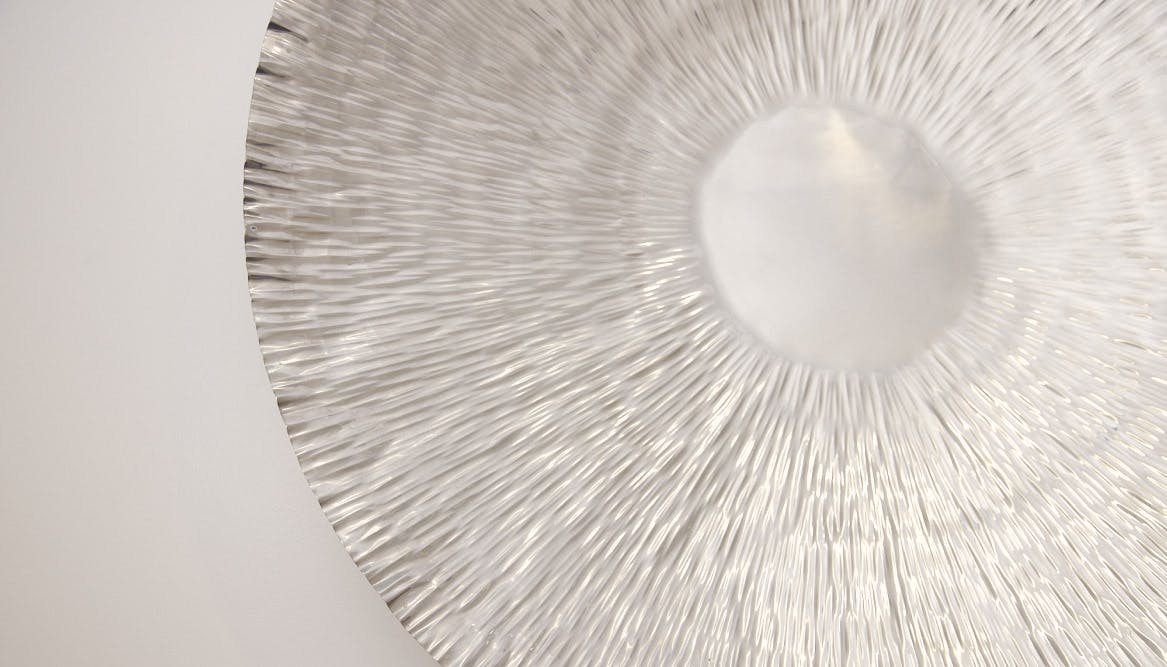Children with hemifacial microsomia may have a number of issues requiring intervention based on the severity of the condition and the presence of associated malformations. A multidisciplinary team of specialists is critical in managing issues related to breathing, speech, hearing, feeding, cardiac or kidney problems, orthopedic concerns, and psychological development. For correction of craniofacial issues, surgery is currently the only option. Ear tags can be removed very easily on an outpatient basis, whereas jaw deformities are much more complex and require a more aggressive surgical treatment.
Ear reconstruction using either rib cartilage or a porous polyethylene framework (ie, Medpor® implant) can successfully reproduce the shape of an ear. Recreation of an outer ear canal is possible but is largely dependent on the formation of middle and inner ear structures for successful restoration of hearing. Most children with complete occlusion of the ear canal are candidates for a bone-anchored hearing aid (or, BAHA device).
Facial soft tissue asymmetry can be improved with fat grafting from the abdomen to the area of volume loss in the face. In severe cases, a large area of tissue with its blood supply can be transplanted to the face and sculpted to give more effective filling. This is known as a fasciocutaneous free flap. Whereas fat grafting can be done on an outpatient basis, the free flap option requires a short period of hospitalization to ensure graft survival. In some instances, facial augmentation can be done using artificial implants for cheek bone and chin improvement, or to fill wasting in the temples.
For facial weakness or facial paralysis, various options exist for improving movement. For eye exposure issues due to failure of eyelid closure, an upper eyelid gold or platinum weight can be inserted to assist in closure.
Alternatively, a piece of fascia taken from another part of the body can be inserted into the upper eyelid opening mechanism in order to lengthen it, thereby achieving good closure and avoiding the use of a foreign implant. In many instances, a lower eyelid procedure may also be required. Specifically, a fusion of the outer corner of the eyelids can help suspend the lower eyelid and prevent the chance of drying. This is called a tarsorrhaphy. Alternatively, a piece of tendon from the wrist area can be used to re-suspend the lower eyelid from the corners of the eyes. Newer muscle transplantation techniques have been tried with marginal success.
For mouth function, restoration of movement at the corner of the mouth is critical for many reasons. Being able to tighten the lips can help achieve closure and improve speech, drooling, and smiling. Several options exist for smile reanimation from cross-face nerve grafting to gracilis muscle free flaps to temporalis muscle transposition. Please refer to the section on Facial Paralysis for further details.
Macrostomia (large mouth opening due to a sideways cleft) repair is done as early as 6 months of age. This involves closing the layers of the cheek in a specific pattern in order to restore symmetry and maintain proper oral function. The surgery takes less than 2 hours and can be done on an outpatient basis.
Revisional surgery is required in many cases of hemifacial microsomia. These can include additional contouring procedures or scar revisions. As a child grows, changes in the craniofacial skeleton may cause shifting of tissues, uncovering new areas that will need to be addressed. The timing of intervention is very important in getting optimal results and should be custom-tailored for each patient.











